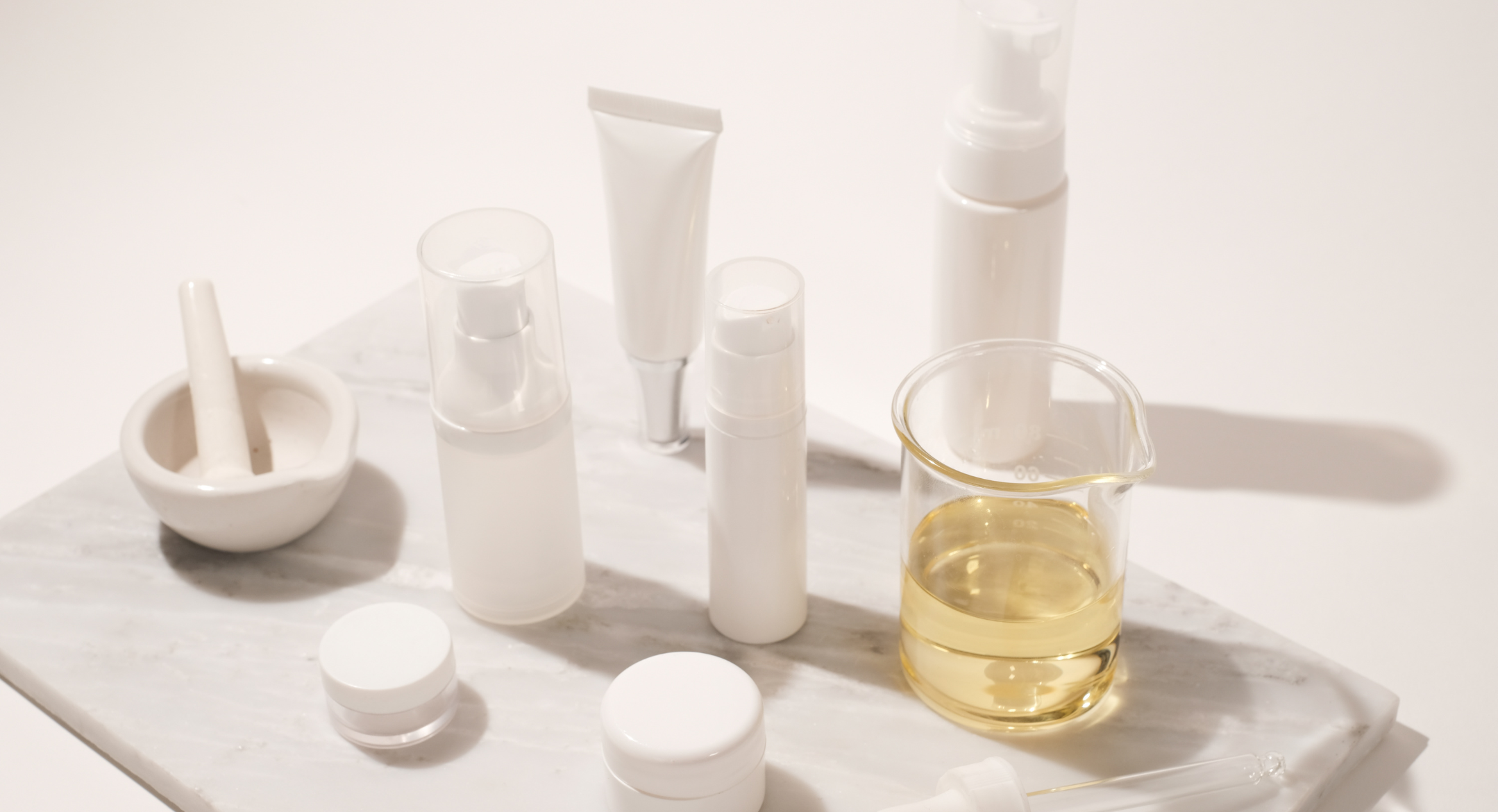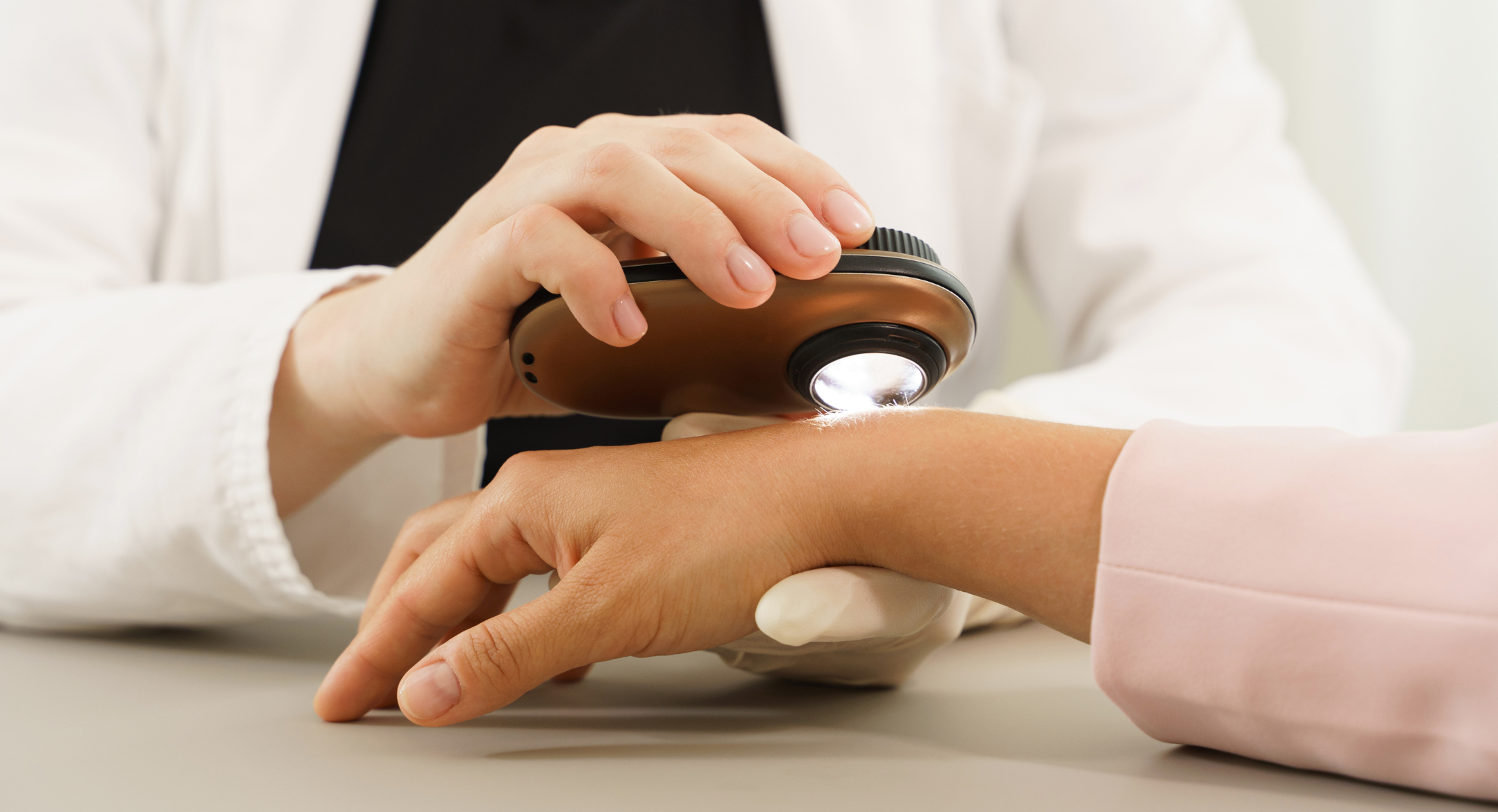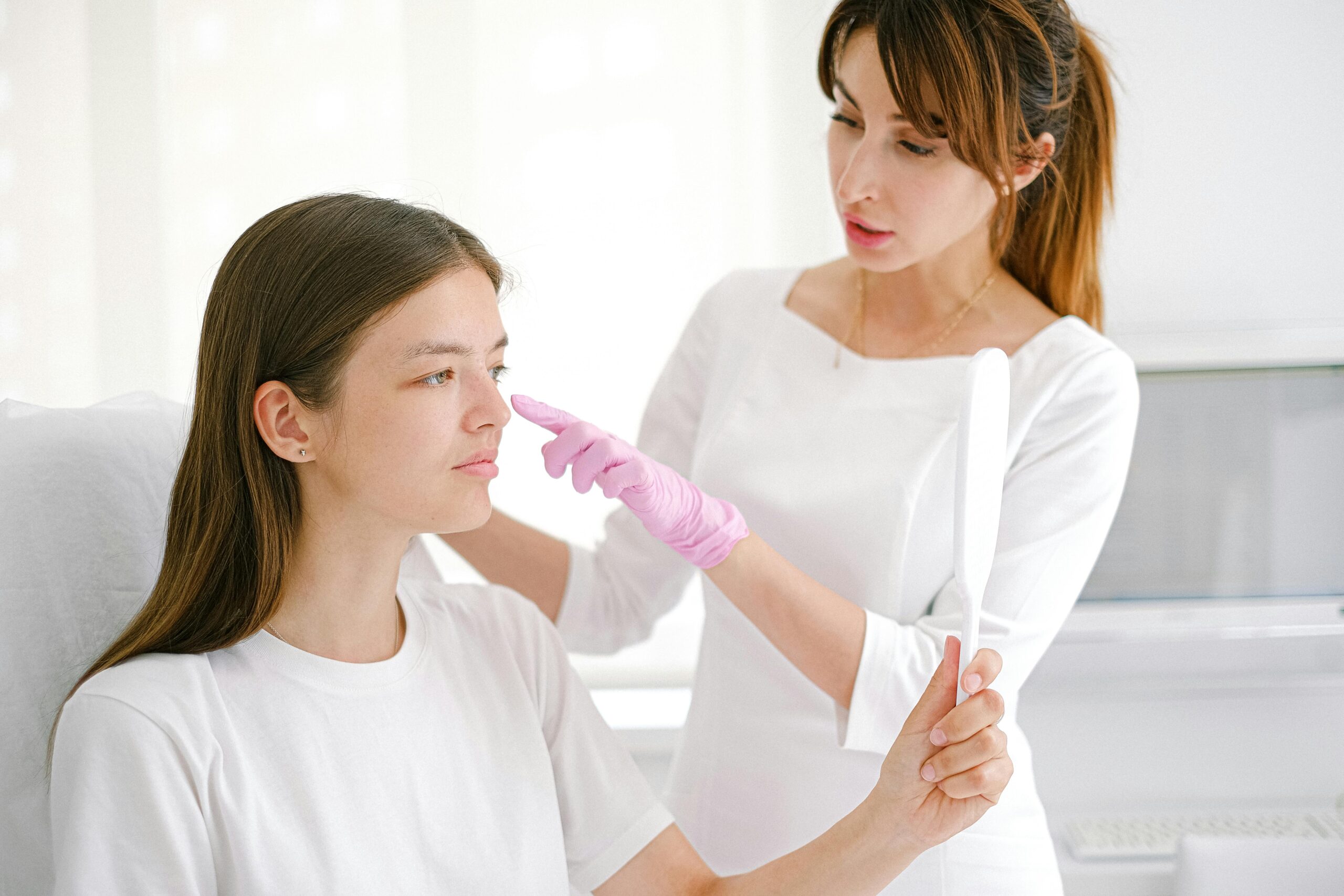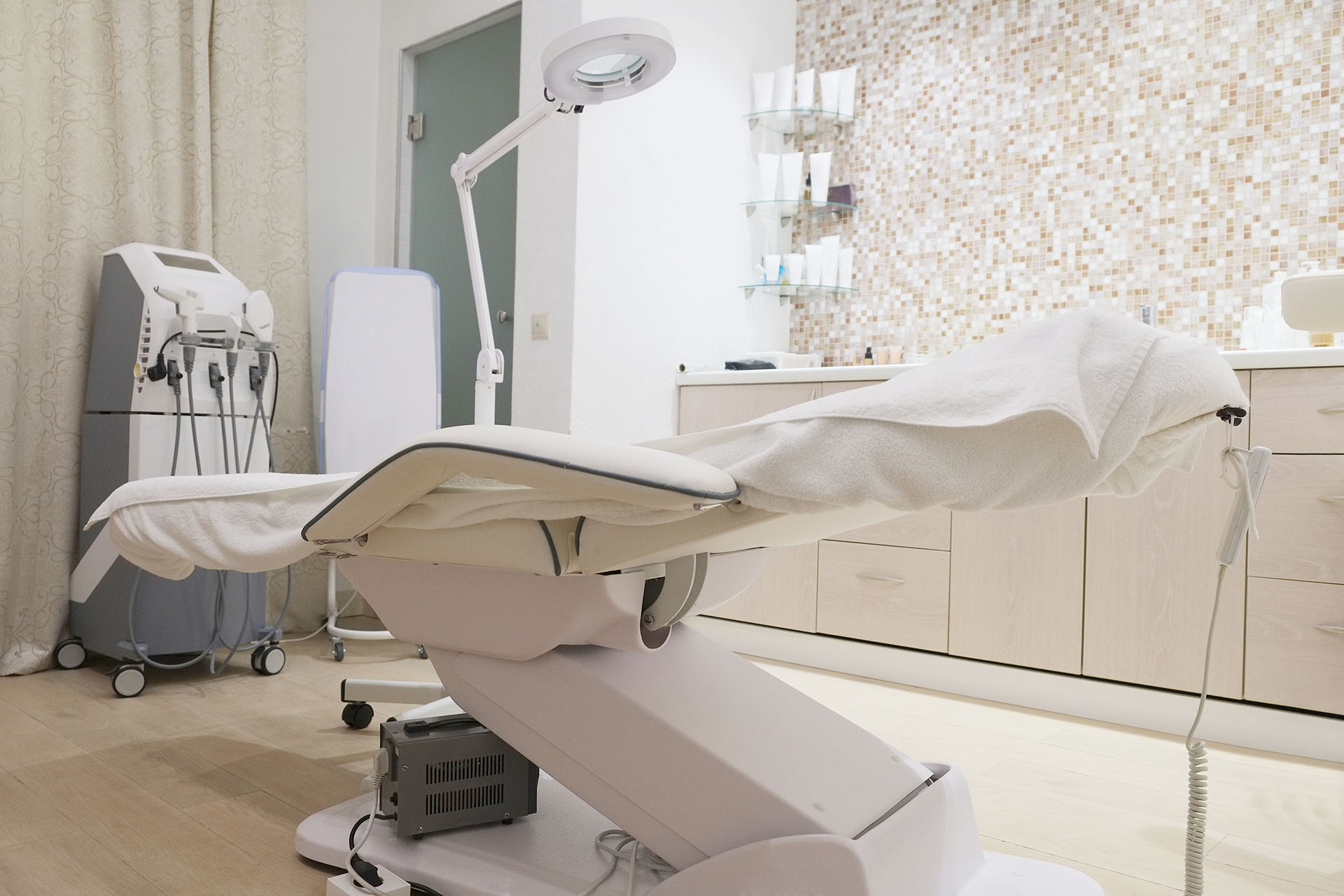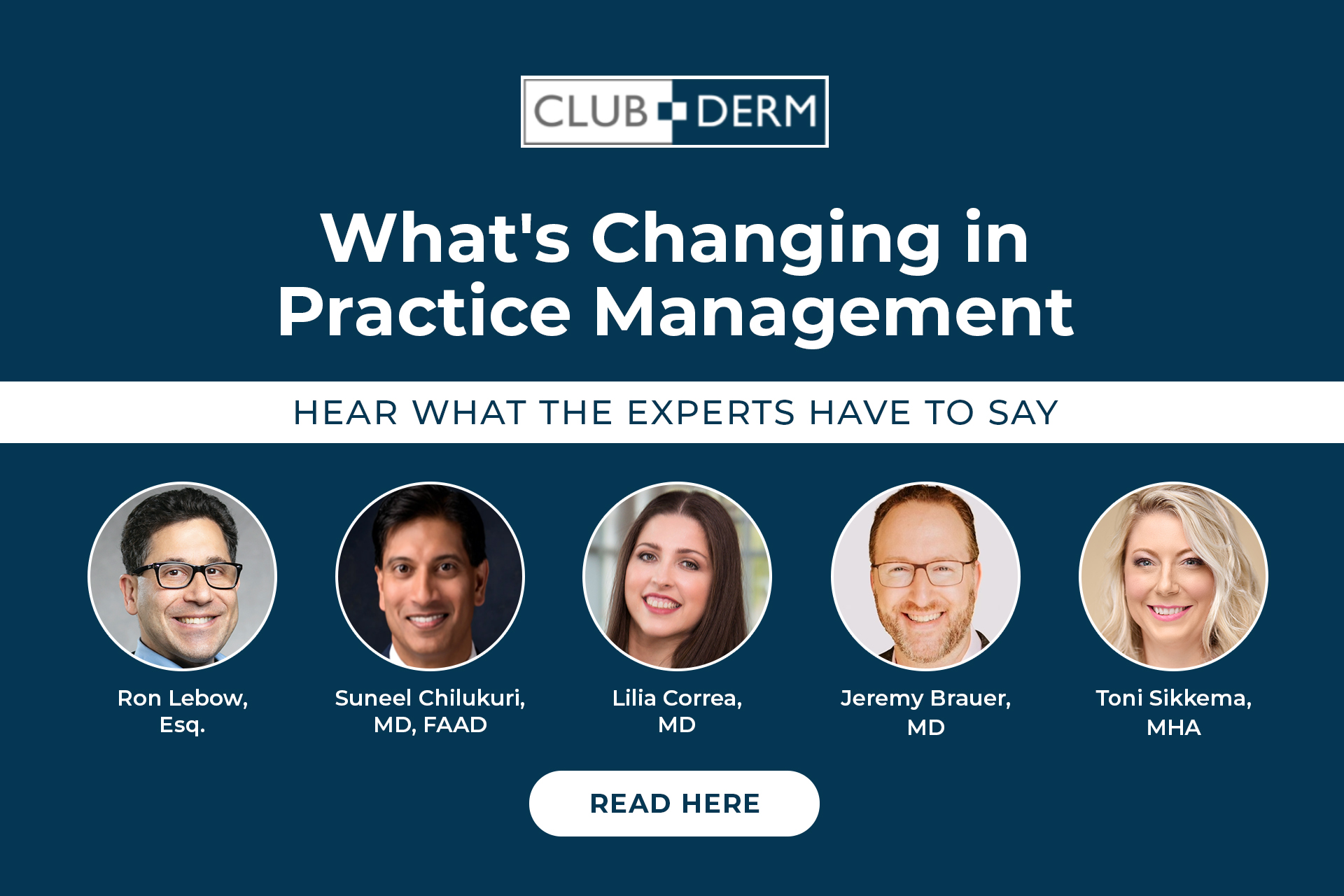Articles
In the age of declining insurance reimbursements and increasing overhead costs for cosmetic procedures, skincare product sales can provide an easy way to improve the revenue of a dermatology practice. Best of all, it doesn’t have to be complicated! As dermatologists, we recommend sunscreen for everyone. Merely profiting $20 from the simple sale of a sunscreen for fifteen patients a day can earn your practice an additional $78,000 annually. Add in a few higher-priced anti-aging products and you could net hundreds of thousands of dollars per year in added revenue. Adding skincare products to your practice offerings can be simple or complex, but there are several considerations to make.
Patient Population
To whom will you be selling products? This will determine what types of skincare products will successfully sell. You must choose products that address patients’ needs, desires, and, most importantly, their budget. If you have a cosmetic practice with affluent patients, then selling a vitamin C serum for $180 should be easy. However, patients on a fixed income will be more drawn to only what they need. These patients would be best served with an affordable sunscreen option. But remember, even repeated $20 profits from a sunscreen add up!
Who Will Be Selling the Products?
The correct answer is everyone. The receptionist, your medical assistants and, yes, you as the dermatologist should all have advanced product knowledge and understand how to close the deal. While the doctor is unlikely to be the one collecting payment, your support of the product will likely be the most important factor in a patient’s decision to purchase. Additionally, everyone in the office can act as a walking billboard for your product lines. Patients constantly compliment my staff and myself on our skin. If you can provide a personal testimonial that the skincare products you sell in the office contributed to your glowing skin, it will take you to a sale.
Remember, we have the benefit of the physician-patient relationship on our side. That trust can translate to better adherence to skincare routines when they are recommended directly by the dermatologist. Similar to how positive experiences result in patient loyalty, trusted skincare advice can lead to ongoing purchases, referrals and a steady revenue stream.
What Types of Products?
Start simple! Sunscreen is the easiest product to start with. Everyone needs one, so education is easy and the price point is usually low. The core products for anti-aging are sunscreen, retinol, moisturizer and topical vitamin C. A nighttime anti-aging retinol product would be the next easiest product to sell for patients inquiring about prevention and reversal of wrinkles. Vitamin C, a notoriously unstable topical product, will likely be one of the most expensive products in a skincare line. While regular sales of this type of product can give a big boost to the bottom line, be sure you can sell products at lower price points before adding in this premium product.
Beyond those core products, the opportunities are endless! From cleansers to hyaluronic acid serums, eye creams, neck creams and anti-aging body formulas, you could have dozens of SKUs. But be careful! More inventory is not better. Starting with fewer products will allow you and your staff to maximize your knowledge and gauge your abilities to sell.
Once you are successfully selling one brand, you may want to bring in others. Some cosmetic practices can sell ten different brands and be successful. When you first start, though, try to avoid having brands with similar product portfolios, as they may cannibalize one another and staff may have difficulty deciding which product to recommend.
Private Label or Recognizable Brands?
Once upon a time, it was common for dermatology practices to carry their own unique product line. This process of white labeling uses a third party to manufacture products that are then marketed with unique branding. While there may still be a place for this, it probably is not the best place to start. Skincare sales are at an all-time high. Everyone from tweens to the elderly are seeing influencers recommend specific brands on social media. With all of this influence, it will be more challenging to lock in sales of private label, unrecognizable products that no one has ever heard of, even if they are better.
One word of caution, though: When patients buy a branded product from you, they may not see you again for six to twelve months. If you are selling products they can buy elsewhere, then that first sale may also be the last sale. It is difficult to avoid this issue, but if you have the resources to follow-up with a patient after 3 months (the expected duration of many products), you could prevent this from happening by sending them a refill of the product before they buy elsewhere.
Tips to Move Product
Get the product in the patients’ hands. If you discuss a product, have your staff bring the patient the product so that they can feel it on their skin. Simply describing a product will not be as successful as the tactile sensation.
Many patients will ask for samples. Feel free to sample them but know that most patients will not come back to buy after you give them a sample. Even worse, if it is a brand they can buy online, you may have just given the sale to someone else. If you are going to sample your product lines, keep a log and have a dedicated staff member follow-up in about a week. They can inquire about the patient’s experience with the product and offer to collect payment over the phone and ship the product to the patient for free.
Products can improve outcomes. Adjust prices of services to include product. This makes the patient think they are getting products for free, and if it improves outcomes and patient satisfaction, even better! For instance, including a hyaluronic acid serum with filler injections as a result booster is a great way to profit from the product without making a direct sale. However, the patient may love the product so much that they come back to buy more once they run out!
Most products are priced at two times the wholesale cost. If you have a brand that people can buy elsewhere, certainly don’t make it more expensive than other retailers. However, these same retailers may regularly offer 15% off. Price matching may be necessary to retain your sales. Regularly offering percentages off your products may cause patients to wait around for the next sale; however, offering graded increases in percent off with the number of products purchased may be a better strategy to sell more while still offering the patient savings.
Inventory Overload?
Some products just don’t sell and you may be surprised to find a whole row of products that are about to expire. This may be the time to offer a deep discount to try to earn some of your money back. To avoid this in the future, assign someone to regularly check expiration dates. Make sure your products are arranged with the oldest in the front.
Some brands will allow you to trade-in products that aren’t selling for other products of the same value. If an entire portfolio isn’t selling, other brands will often offer to buy out an entire product line in exchange for opening an account and purchasing two-times the trade-in value.
Reminders
No physician wants to feel like a salesperson and, frankly, overselling products can be a certain conflict of interest, or at least raise some ethical issues. However, in dermatology, our patients are buying skincare products, whether it’s from us or some overpriced moisturizer that they probably don’t even need! Selling skincare products not only improves your practice profits, but it also ensures that your patients are using skincare products that are dermatologist-recommended, aligns with known skin issues, such as fragrance allergies, and will not flare a patient’s pre-existing acne or rosacea.
Our patients trust us to diagnose and treat their skin disease, but it is also our job to protect their skin from all the useless and potentially harmful skincare products on the market. If you can enhance patient outcomes, satisfaction, loyalty and retention all while boosting the practice’s bottom line, then you should absolutely take advantage of the opportunity to sell!

